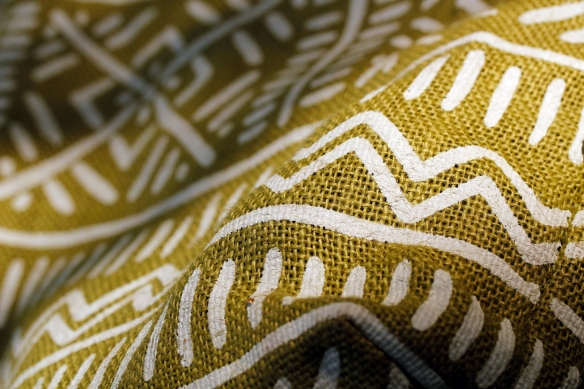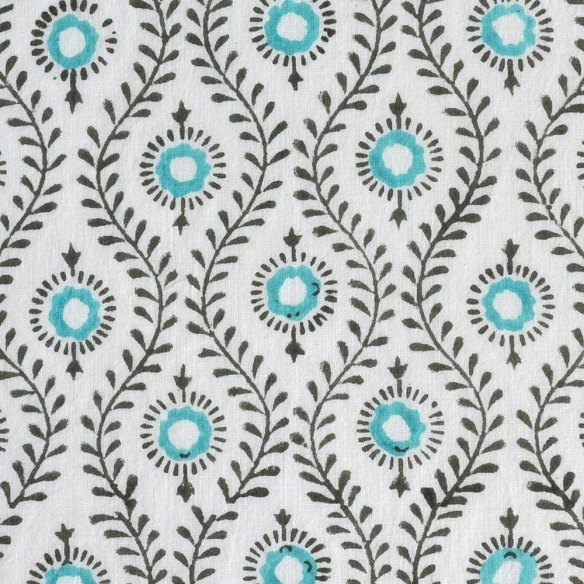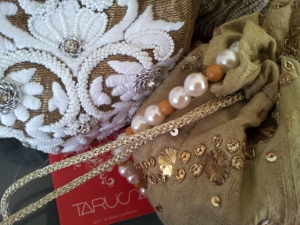Textiles are not just a pleasure to look at, they are a marvel to be experienced with all five senses.
– Reiko Sudo
For ages, India has charmed, inspired and drawn fabric fanatics from far off corners of the globe. Take look at an Indian home, and you’ll see the many manners textiles are used in, from carpets and cushion covers to tea cosies and wine bags. Cloth has always taken centre stage in Indian attire – the people have aced the art of wrapping it in countless ways. And the styles continue to evolve.

A Peep into the Past
The history of Indian textiles dates back to the Indus Valley civilisation, where cotton and silk were spun. Texts like the Rig Veda and Ramayana describe the fabrics of their times. India traded with other parts of the world through the Silk Route. The world began to take notice of the beauty. Alexander the Great penned his admiration for Indian muslins and embroidery. Marco Polo wrote about seeing some of loveliest fabrics here. Exceptional artistry could be found in cloth adorning temples. During the Mughal period, the wealthy indulged in the finest silks and satins. Banaras made brilliant brocades. Later, the Europeans carried Indian textiles back to their continent, where they were highly valued. The majesty of India’s past is still alive in its textiles today.

Fabulous Fibres
Silk is among the few fabrics that boast of such an intriguing history. India, along with China, creates most of the world’s silk. Silk is called paat in the east, pattu in the south and resham in the north. With its gleaming fibres, it creates an air of splendour and festivity. In home decor and fashion, silk is used to create pieces that are gorgeous as well as durable. India has a variety of silks like pure silk, Banaras silk, Paithani brocade, Chanderi, Tussar silk and Ghicha.

This country has been spinning cotton for thousands of years. Cotton’s lovely feathery feel makes it a summer staple. Artisans enjoy blending cotton with other textiles to create saris, tapestries, bed sheets, cushion covers and scarves. There are over twenty kinds of cottons like Muslin, Chanderi, Mangalagiri cotton, Madras cotton and plain cottons. Khadi, a classic handspun Indian cotton, has the wonderful ability to keep you cool in the summer and warm in the winter.

India’s woollen weaves attract people from across the world. Kashmir’s Pashmina shawls are adored for their soft texture and elaborate Sonzi embroidery. Its woollen rugs, carpets and tapestries are results of wonderful workmanship. Jute is another popular Indian fabric. It’s robust and eco-friendly. Indian craftsmen use its golden lustrous fibres to create rugs, doormats, curtains, lampshades, and handicrafts. Jute’s rustic, earthy charm makes it a sought after textile in home decor.

Desi Designs
India’s women folk take delight in embroidering stories of their landscapes and life onto cloth. You’ll find striking geometric designs in regions like Saurashtra, vivid nature-inspired motif work in Punjab, white satin stitched work the Ganga valley, texture-focused thread work in Karnataka, and embroidery that makes carpets look “right” on either side in Kashmir. Appliqué work with mirrors, glass, beads, wood, and wires is common in clothing, tablemats, lampshades and accessories. The ancient craft of block printing is still widely done by hand. The designs vary across the country – plants, animals, birds, tribal patterns, geometric shapes, elaborate patterns as well as delicate ones.
Wrapping Up
Its sheer variety of textures and patterns sets India’s textiles apart from the rest…they are as diverse as the people and landscapes. Each weave holds together tales, melodies and faiths rooted in centuries of culture. That’s why the textiles of India are a treasure to the world.




